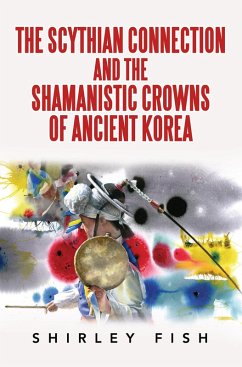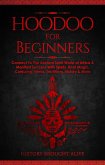The Three Kingdoms Period in Korean history consisted of the kingdoms of Silla, Koguryo and Paekche. It was only the Silla kingdom which seemed to have had a connection to the ancient nomadic Scythians. These people seemed so different from the indigenous inhabitants who were already living in Korea during the 3th to 6th centuries CE. It is the author's opinion is that they were the descendants of the Scythians - who although they would not have called themselves 'Scythians,' they were none the less, the remnant members of nomadic tribes that pushed eastward from Central Asia and Siberia to the Korean peninsula. Once in Southern Korea, they established the Silla kingdom, where their time honored beliefs are depicted in their mound burials, wooden burial chambers, gold crowns, horse riding, and also in their Siberian shamanism. This time period of the gold crowns and the people who produced the royal headgear was the Maripgan Period, and as mentioned, they were the descendants of Scythians who although in Central Asia and Siberia were known to have existed as far back as 10,000 years BC, they were always on the move searching for new pasturelands for their herds or to avoid conflicts and war with their enemies. The Silla crowns were created around the 5th to the 7th centuries in Kyongju, the former capital of the Silla people. When they were discovered in various archaeological mound sites, they were found to be in a highly fragile state. The crowns were each designated as national treasures by the Korean government and most weigh about one kilogram. Some of the crowns came in two parts: an inner gold cap, which may have been covered in silk fabric and sat inside of the crown, and the crown itself. The crowns were totally shamanistic in their symbolism, and represented the belief systems of the Scythians of Central Asia and Siberia, which eventually made its way to Korea and the ancient Kingdom of Silla.
Dieser Download kann aus rechtlichen Gründen nur mit Rechnungsadresse in A, D ausgeliefert werden.









